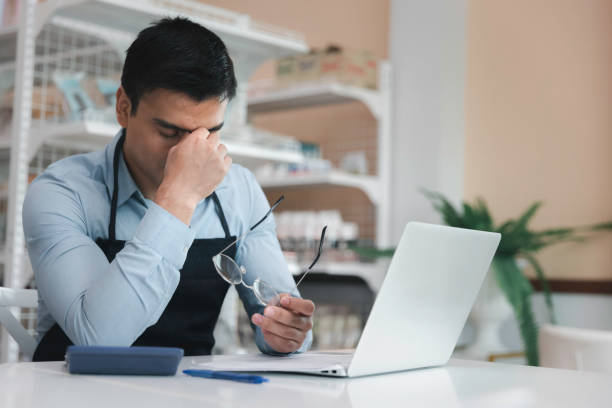The term technology describes the totality of the techniques involved in manufacturing, processing, and delivering goods and services. Technology is about more than just the digital world. It extends much further than that. The technology is used to improve logical systems. These systems are found in machines, software, and even entire organizations. Science is satisfied by finding solutions to world problems and experimenting. Technology must also prove its usability and durability. Since ancient times, technology has been around. According to this definition, prehistoric humans’ discovery of fire and stone tools is considered a technological improvement. All are deemed technological innovations, from large planes to the tiny semiconductors in recent computer chips.
People prefer to take their groceries home using the new technology. The surveys confirm this. According to SKULocal, 43 percent of consumers choose home delivery. If we only consider the beauty and personal products, this figure increases to 47 percent. The grocery industry has benefited from the technological advances of e-commerce and remote deliveries. The delivery of groceries in London, Ontario, is also rising. Online grocery shopping has increased from 5 percent to 17 percent. Market trends are usually driven by customer demand. According to reports from the food retailing sector, 63 percent (or more) of retailers in 2018 sold their products online. The younger generation has also been known to be more open to incorporating technological advances into traditional systems.
The impact of technology on delivery and grocery shopping
Technological advances have affected grocery stores, supermarkets, and delivery services. The technology significantly impacts the customers who are driving these businesses. Here are some ways technology has involved the grocery delivery industry.
Home Delivery
The grocery industry and its related delivery services have been impacted by technology in a big way. The use of a digital platform facilitates home delivery. The retailer receives the order at their administrative office. The order is sent to the delivery agents by digital means. Customers use mobile apps to track their orders and communicate with retailers. The technology is available at all London, Ontario, Grocery Delivery Services. Electronic payments are prevalent. Retail Dive estimates that mobile payments alone could be worth around 300 billion US Dollars.
Artificial intelligence
Artificial Intelligence has also affected grocery stores around the globe. AI technology can recognize the items customers put in their carts so they do not have to wait at the checkout. This technology charges customers according to the product price. This technology was installed in London, Ontario, to make grocery deliveries easier for customers.
Voice Ordering
Grocery stores offer voice ordering. At present, 20 percent of grocery shoppers use voice-ordering technology. O&C Strategy Consultants predict that voice shopping could reach a $40 billion industry by 2022. HKU fridge is an example of a Wi-Fi-enabled refrigerator that can hear customer orders. It can add items like milk and bread to the shopping list. The barcode scanner allows the system to account for every item the customer selects.
Vertical and hydroponic farming
Hydroponic farming uses vitamin-rich water to grow vegetables, fruits, and other products. These vegetables can then be grown in supermarkets or by grocery delivery services. The Berlin metro supermarket uses this technology to ensure vegetables are in stock. In modular boxes, green herbs and vegetables can be grown. “Living lettuce” is grown in Sydney, Australia, as part of the fresh food available to customers. The lettuce is kept growing by spraying water in jets. Such farming methods can be used by London, Ontario, to ensure that they always have enough stock for their customers.
Checkout-free Concepts
The convenience of in-store shopping is another area where technology improvements are rising. Some retailers have implemented checkout-free concepts in their physical stores. Customers no longer need to wait long lines for the necessary retail accessories. Amazon Go in Seattle provides such a service. The QR code is on each product, which the customer scans and can then take home their purchase with some interaction with the Amazon app and in-store payments technology. The store is protected to prevent any unauthorized takeouts. Delivery agents can use these stores as a point of supply for their deliveries.
Augmented Reality Shopping Experience
Augmented Reality, another technology, has also been entering the consumer market. The UK-based company set up a system whereby the customer could get all the product details by holding the camera on the mobile app. This technology can be easily integrated into a London, Ontario, grocery store. It also allows delivery agents to pick the correct products for customers, reducing the time it takes to make deliveries.

